Dating back to the early 17th century, the Japanese practice of origami implies transforming a square sheet of paper into a sculpture without using scissors, glue, or pens — only strategically placed folds. Today, the ages-old tradition continues to influence contemporary product designers forcing them to think outside the box and come up with concepts that can be communicated with only flat planes and sharp angles.


Infinite Bag by Maryam Hosseini
Apart from using origami folding techniques, the design of the Infinite bag by Tehran-based designer Maryam Hosseini pays homage to the geometry pattern of the dome of the music hall of Aali Qapu, an imperial palace in Iran, 1957 C.E. Iranian architecture during the Safavid period was deeply rooted in mathematical precision and geometric proportions. In the domes of this era, layers are folded on top of each other to transform from 2D designs to 3D spaces.
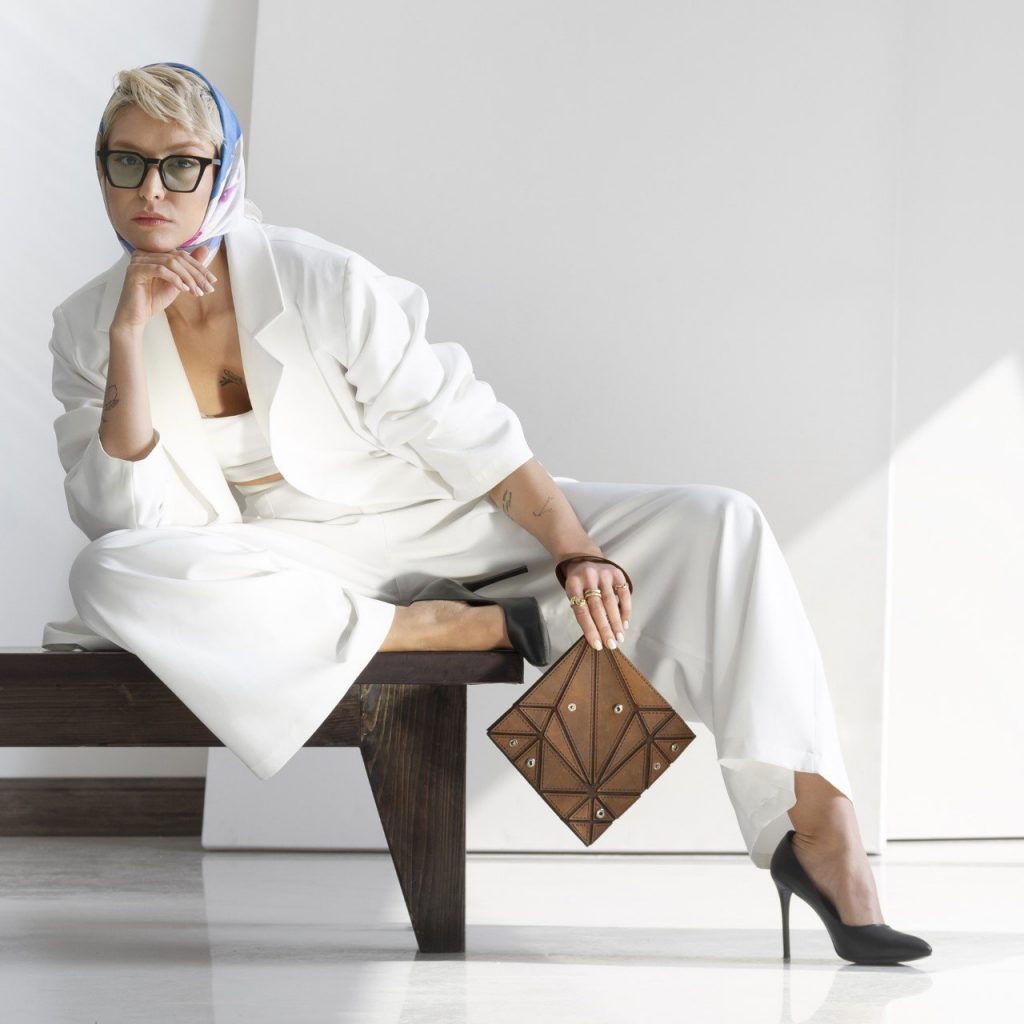
Infinite Bag by Maryam Hosseini
In a world where diversity and rapid changes have increased consumerism, this bag is the only one you might need because through its changeable shape it can transform into countless forms, adapting to your mood and needs.
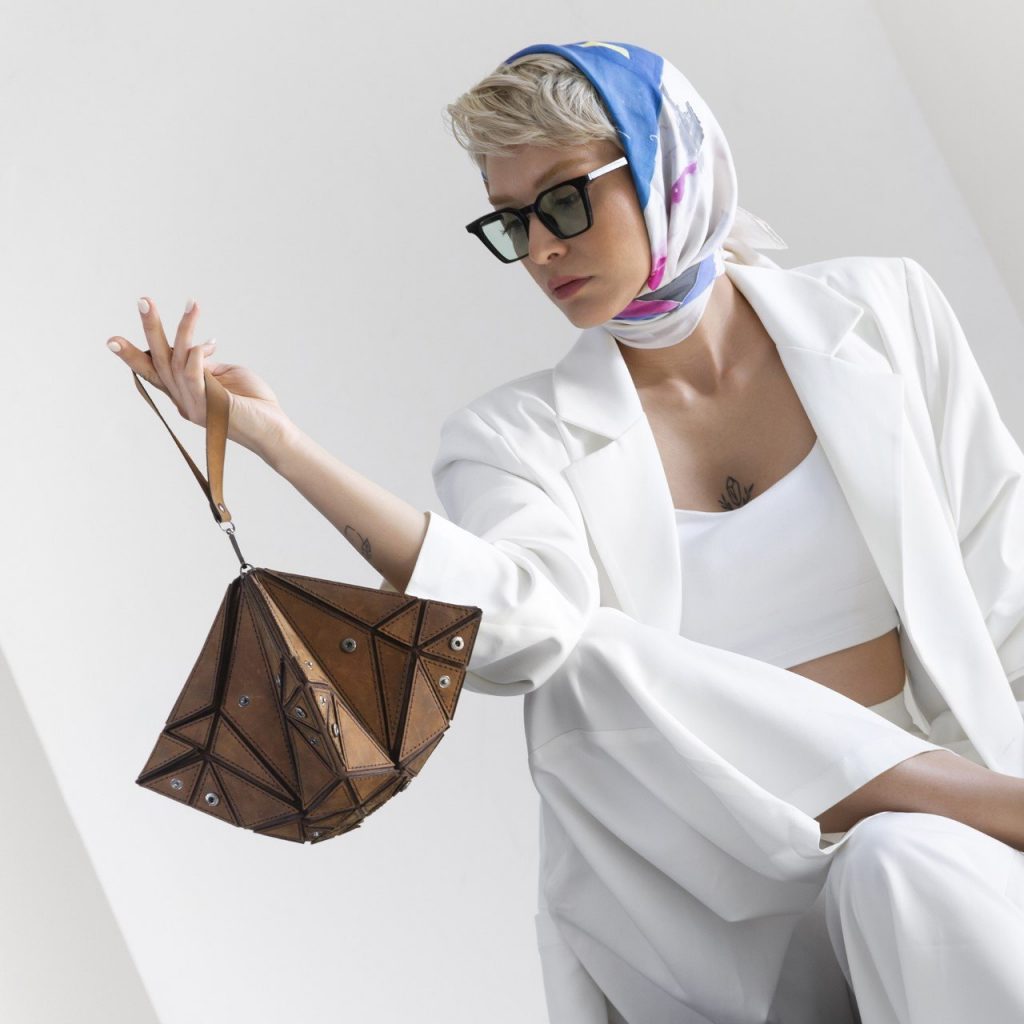
Infinite Bag by Maryam Hosseini
The design consists of 96 genuine leather pieces and 18 no-sew snap metal button set that are designed in 2D and 3D in AutoCAD, then cut by laser cut, and the parts are attached to a soft and foldable suede base, and then sewn entirely by hand.

Infinite Bag by Maryam Hosseini
Crafted from durable material, leather, the bag can turn into at least 40 different shapes, symmetrical and asymmetrical. The user can change one of the shapes listed in the manual or create new faces for the bag themselves, which forms a .great emotional connection and sense of belonging with the product. In such a way, the Infinite Bag emerges as a canvas for self-expression, empowering users to craft their unique narrative with every fold.

myAir.0 Foldable Bluetooth Mouse by Horace Lam (also header image)
Researches suggest that using a mouse is more precise and efficient when compared to a touchpad. However, many tend to rely on their laptop’s touchpad for mobile working, forgoing efficiency and comfort for portability, since a touchpad gives them one less bulky item to carry. Developed by Hong Kong based designer Horace Lam, myAir.0 foldable mouse addresses this perennial problem.
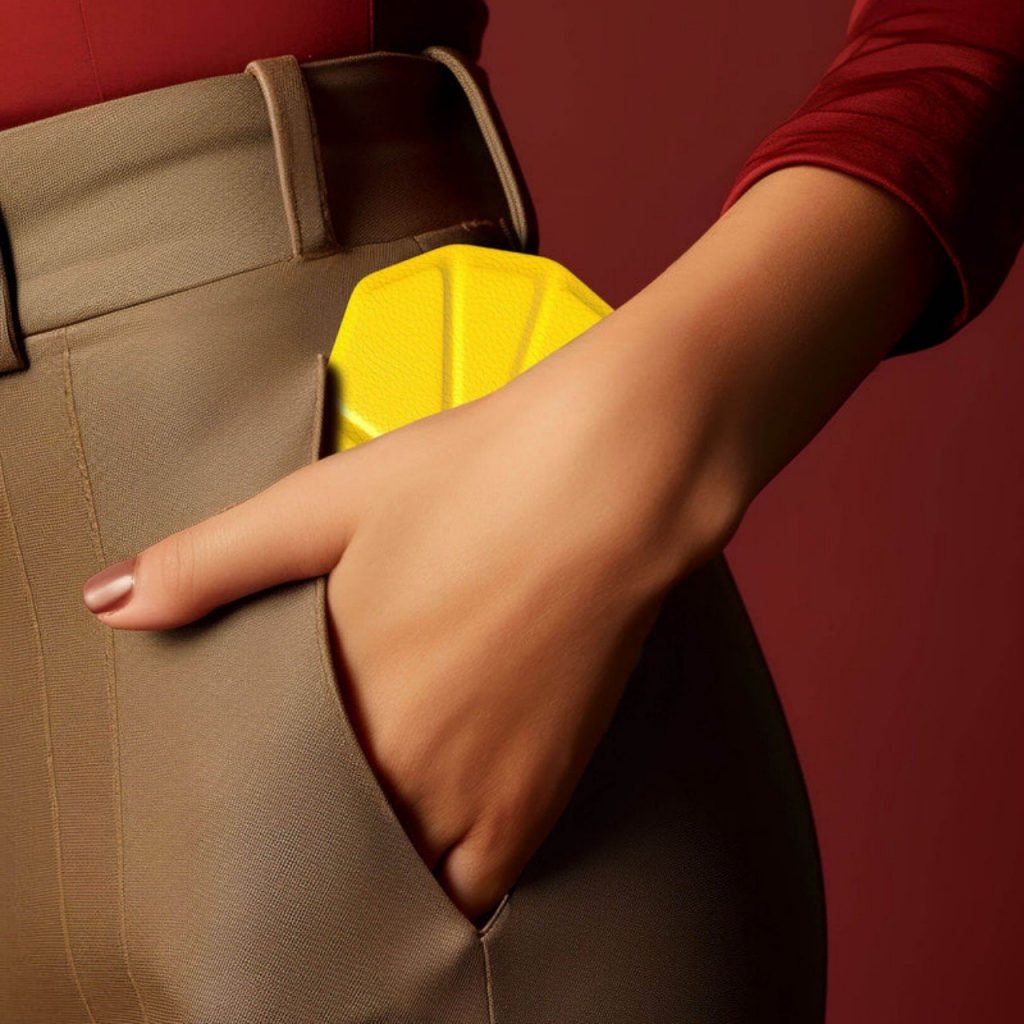
myAir.0 Foldable Bluetooth Mouse by Horace Lam
The extraordinary origami-informed design incorporates all components into a thin 4.5mm form factor for easy storage, while enabling it to fold into a sturdy full-sized 3D mouse for quick set-up and action. When not in use, myAir.0 can fold so perfectly flat that you can even slip it into your pocket without the unsightly bulge. As soon as you need it, unique SmartClick foldable feature enables the device to quickly magnetically click into shape and automatically spring into active mode in less than 1 second. At the same time, a simple push at a specific spot disengages the two neodymium magnets and collapses the structure back to its flat state.
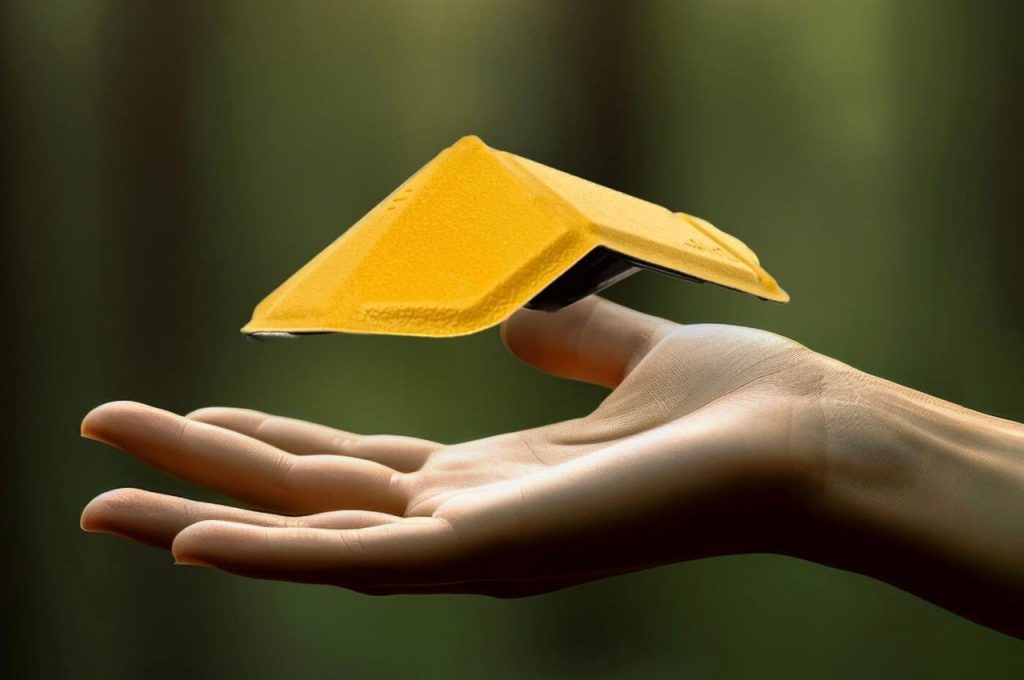
myAir.0 Foldable Bluetooth Mouse by Horace Lam
In revolutionizing the compact design, myAir.0’s origami concept provides an advantage in incorporating the larger optical sensor into the overall construction. Sourcing of the battery type that offers a good balance between slim fit, battery life, and circuitry integration is another major factor to its innovative compact form factor.
Besides, the mouse’s ergonomic design, high-precision optical sensor, Bluetooth connectivity, and custom buttons mapping provide exceptional performance for both work and play.

Conductive Origami by Yael Akirav
Inspired by origami folding techniques, Yael Akirav has developed ‘conductive origami’ that explores a new way of turning on light fixtures by using 3D printing of conductive filament, directly on textile.
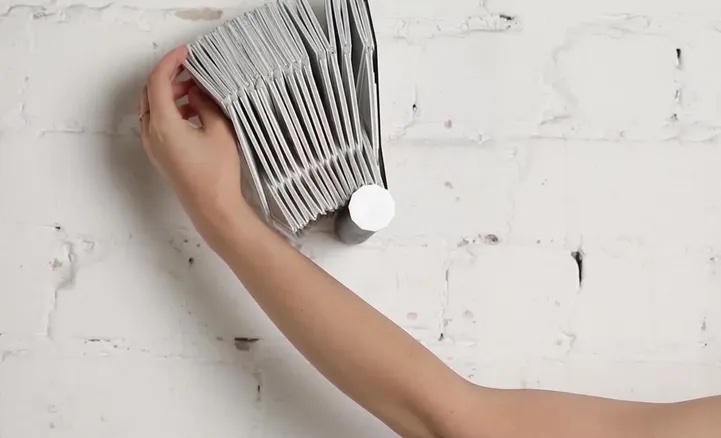
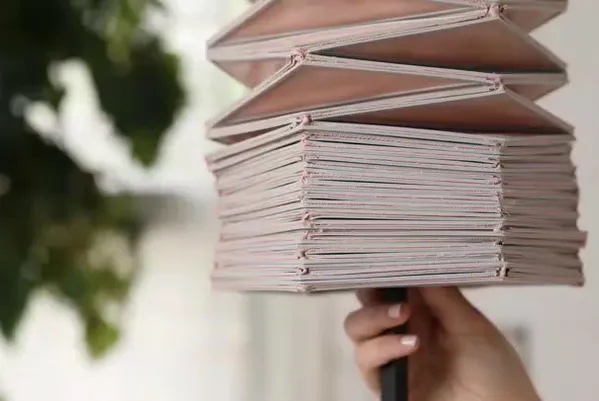
Conductive Origami by Yael Akirav
Upon discovering that the filament can be used as a skeletal structure, which enables the folding and unfolding of each structure multiple time, the designer used this as an opportunity to develop bespoke lighting fixtures, each with its own unique folding method to light up the lamp. Characterized by intersecting folds,the designs are turned on by contracting and stretching the structure.
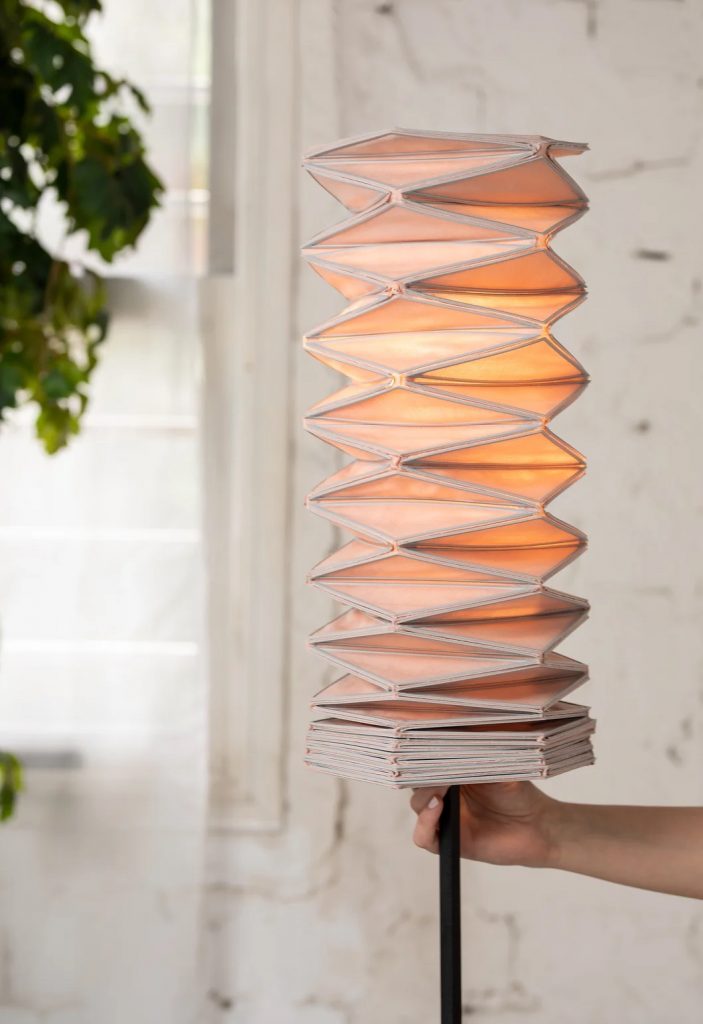
Conductive Origami by Yael Akirav